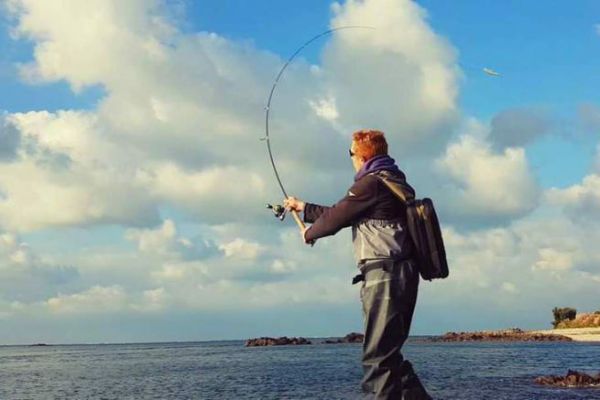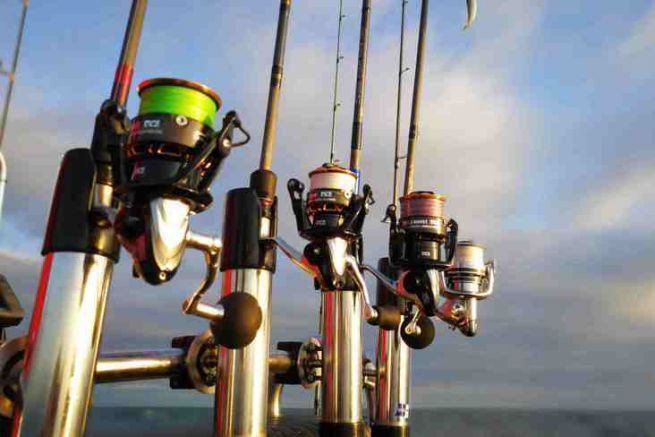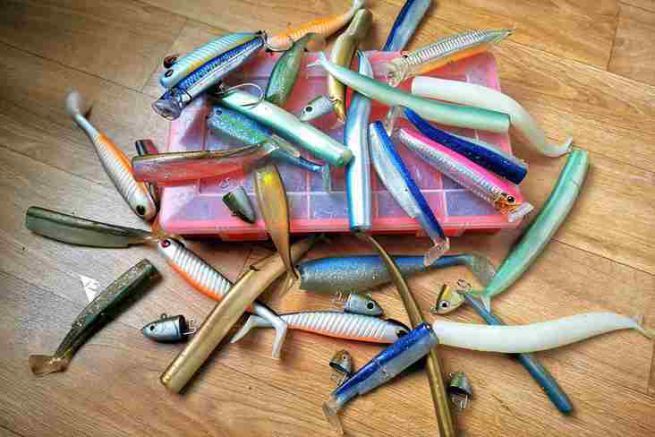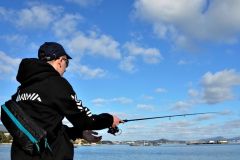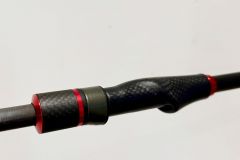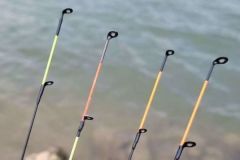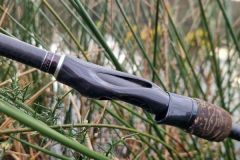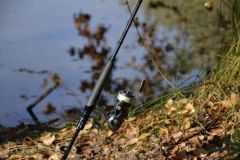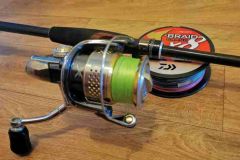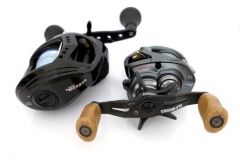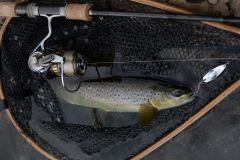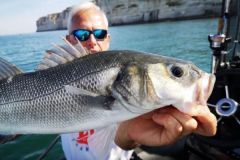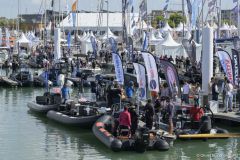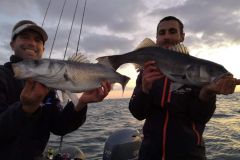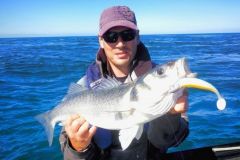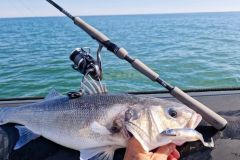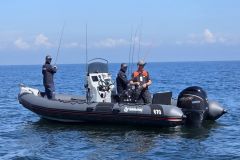After choosing your first sea casting rod you'll need a reel to complete the package.
The reel has 3 functions:
- Store the thread reserve.
- Enable you to manage the fight better thanks to the brake.
- Recover the line more or less quickly.
For my part, I'm loyal to Shimano and Tica. I can't really explain why, I haven't tested other brands, probably because I've been happy with this choice from the start. A fortiori, I won't be able to compare the brands, and that's not the purpose of this article.
We're looking for a reel to equip a versatile rod for sea casting, whether from shore, boat or kayak. The choice of your future reel should be based on several criteria.
Reel size and weight
Often broken down into sizes 1000/2500/3000/4000 and 5000, choosing the right reel size is eminently important both to provide optimum balance for your rod, and to guarantee a lightweight, suitable package.
Size affects brake power, but also guarantees a larger or smaller spool and therefore a larger or smaller braid or nylon reserve.
For a single model, in this case a Shimano Stradic FL, you'll find a table summarizing all the features of the models in the series, available in several sizes.

The brake
The brake is there to regulate the tension needed to get the wire off the spool during a fight. Its precision and quality have a huge influence on the price. Ranging from 4 kilos for light fishing to 8 or 10 kilos for heavier fishing, a compromise of 6-7 kilos is a good choice for mixed use.
Recovery
This figure indicates the length of braid or nylon recovered per turn of the crank. Low recovery is around 75 cm. High recovery is around 100 cm.
I usually choose reels with a fairly high retrieve, almost never below 90 cm. This allows me to fish more easily with lures requiring a fast retrieve, and to bring my line in faster when it's needed.
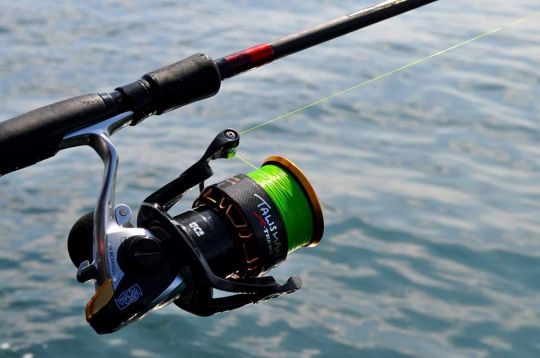
Resistance to the marine environment
Your reel will be exposed to the elements. In addition to the attention you pay to cleaning, as explained in this article the materials of which it's made affect its lifespan and resistance to salt. This inevitably has an impact on price.
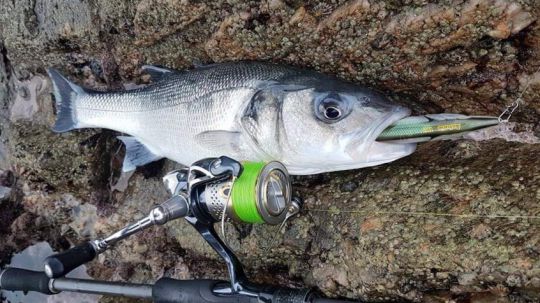
After-sales service
Take this parameter into account when making your choice. A responsive after-sales service that's easy to reach should you need it.
Which reel to choose?
- For use with a rod weighing from 5 to 25 grams, opt for a size 3000 with a retrieve of around 85 cm. A reel weighing around 230 grams is ideal for a 6-kg drag.
- For stronger fishing, i.e. using vertical lures weighing 15 to 40 grams or more, opt for a size 4000 model with a slightly more powerful drag and a retrieve preferably above 90 cm.



